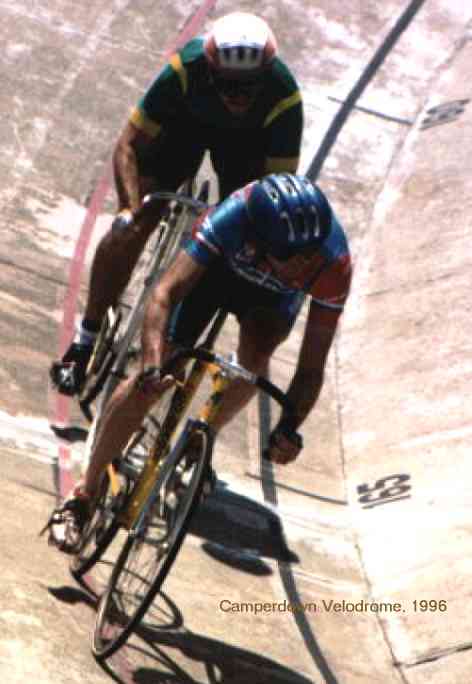Some file format tips
I used to pick and choose my digital file formats carefully, depending upon what I needed to do and the quality I wanted. And sometimes I must do that to preserve layers or image avoid loss. But other times, well I get lazy and default to the Joint Photographic Expert Group's JPEG format (often shortened to JPG).
The JPEG format is lossy, but at least you can adjust it as you save (ie change the compression ratio). Less compression means a bigger a file with less image loss. Some file formats, though, like TIFF (Tagged Image File Format) and Photoshop's PSD, are loss-less by design. So you keep the quality. With PSD of course you also preserve the layers, so you can 'de-edit' your image effectively. Those layers are lost in a JPG file, and some of the quality is lost, too, as it compresses. But if you have lots of quality to start with, why not sacrifice a bit? Especially if you are not likely to print the image, or enlarge it.
Compuserv's GIF (for Graphic Image Format, from memory) of course used to be the compressed format of choice where human skin tone was considered but now it's more likely to be used for its animation feature.
Some people use their camera's standard RAW image format as it preserves maximum image quality. But RAW files are huge, like the old bitmaps we used to use, before PCX and TIFF came along. And unlike bitmaps you need to know which RAW format is being used in order to read the image. And like bitmaps (ie BMPs) you can't use 'em natively on websites. Which is what I do most of the time, and why I mostly use GIF and JPG files. (PNG files are an alternative, too.)
Whatever format you currently use, consider trying some of the others, too. Saving in PSD will certainly open up some editing options for you, whilst consuming far more space than JPG. But once you have saved in a lossy format there's no going back, so at least keep an original, uncompressed copy for posterity - and backed up on another drive or a CD to boot.
Labels: file formats








